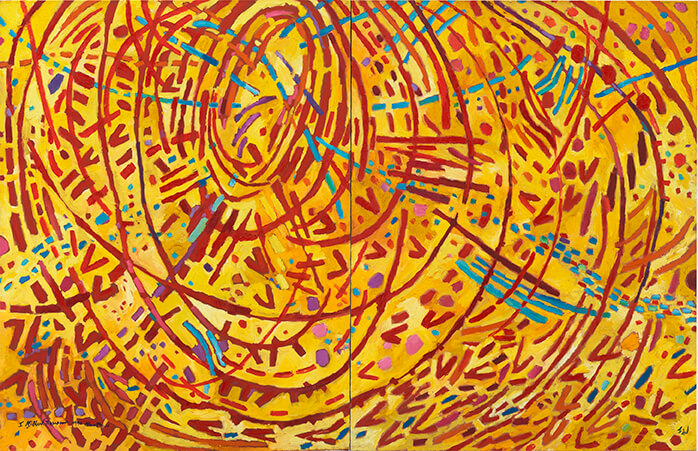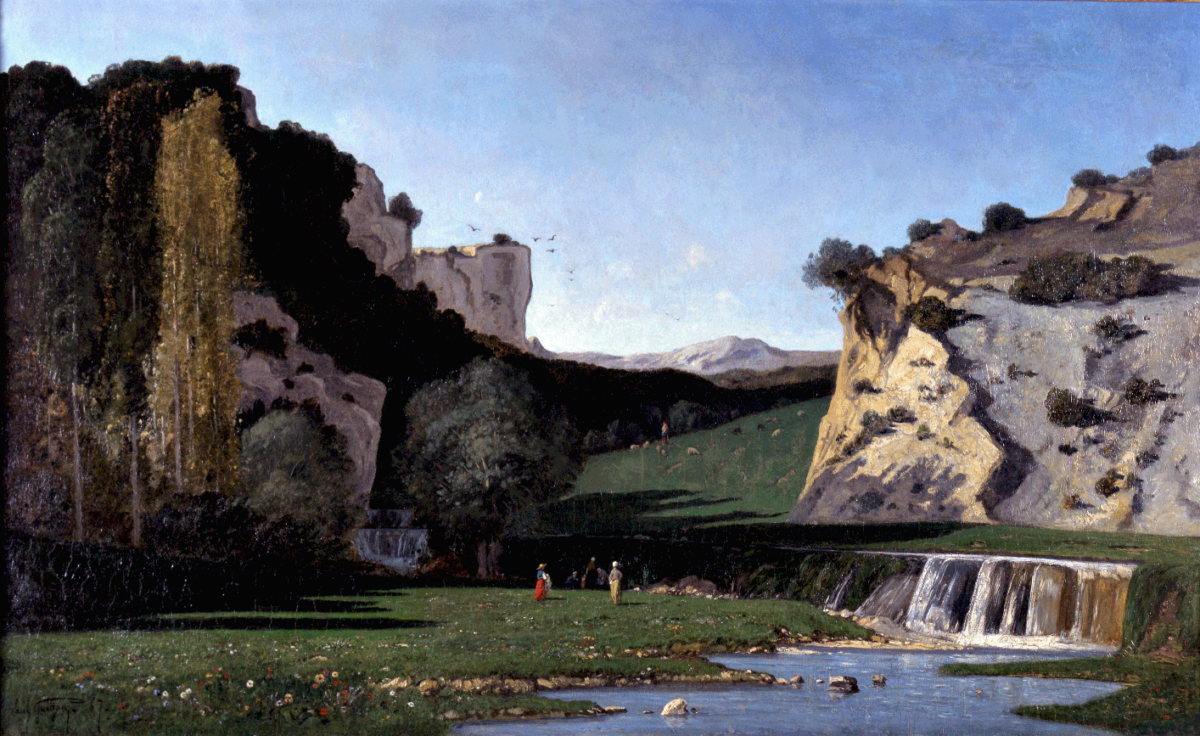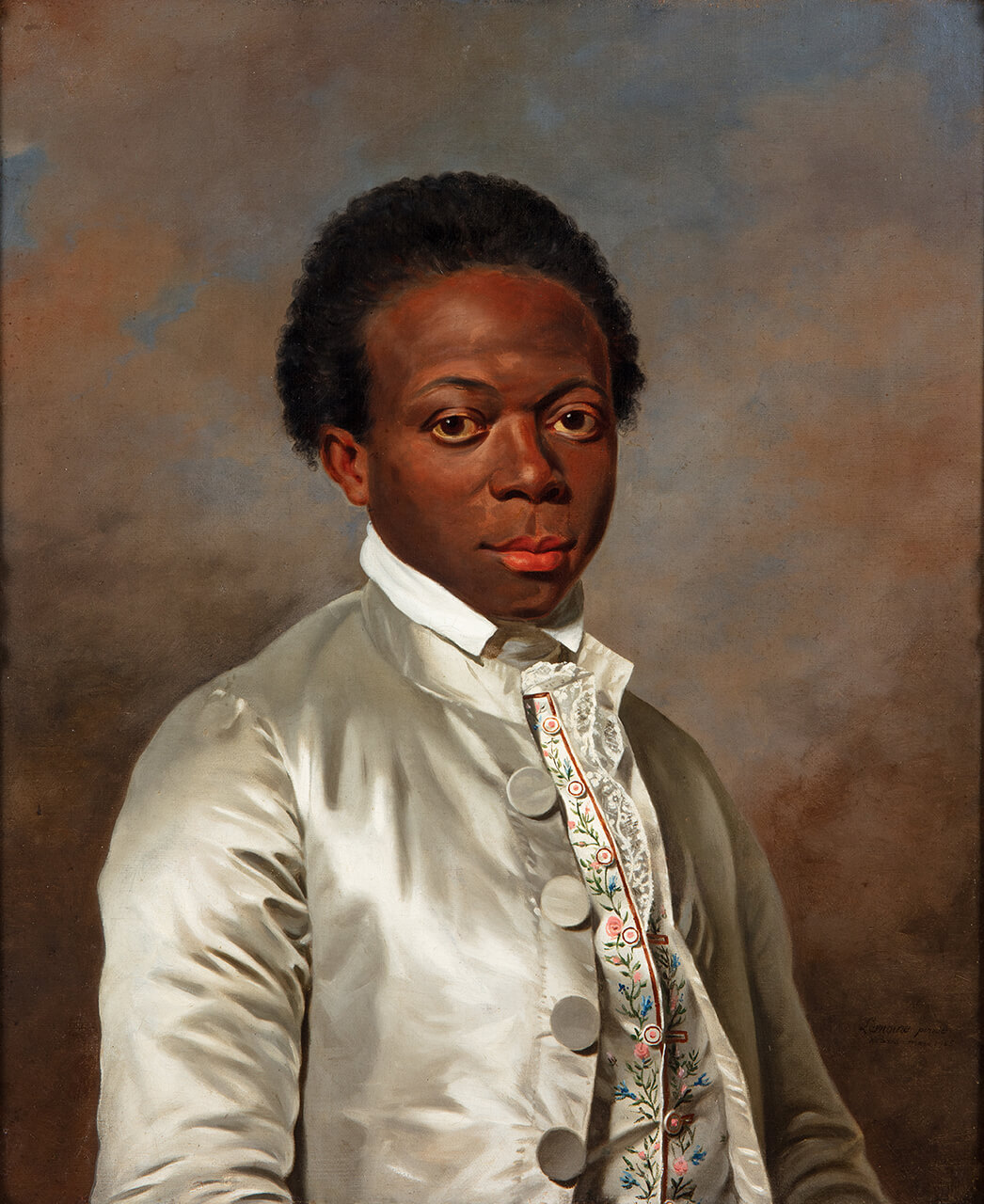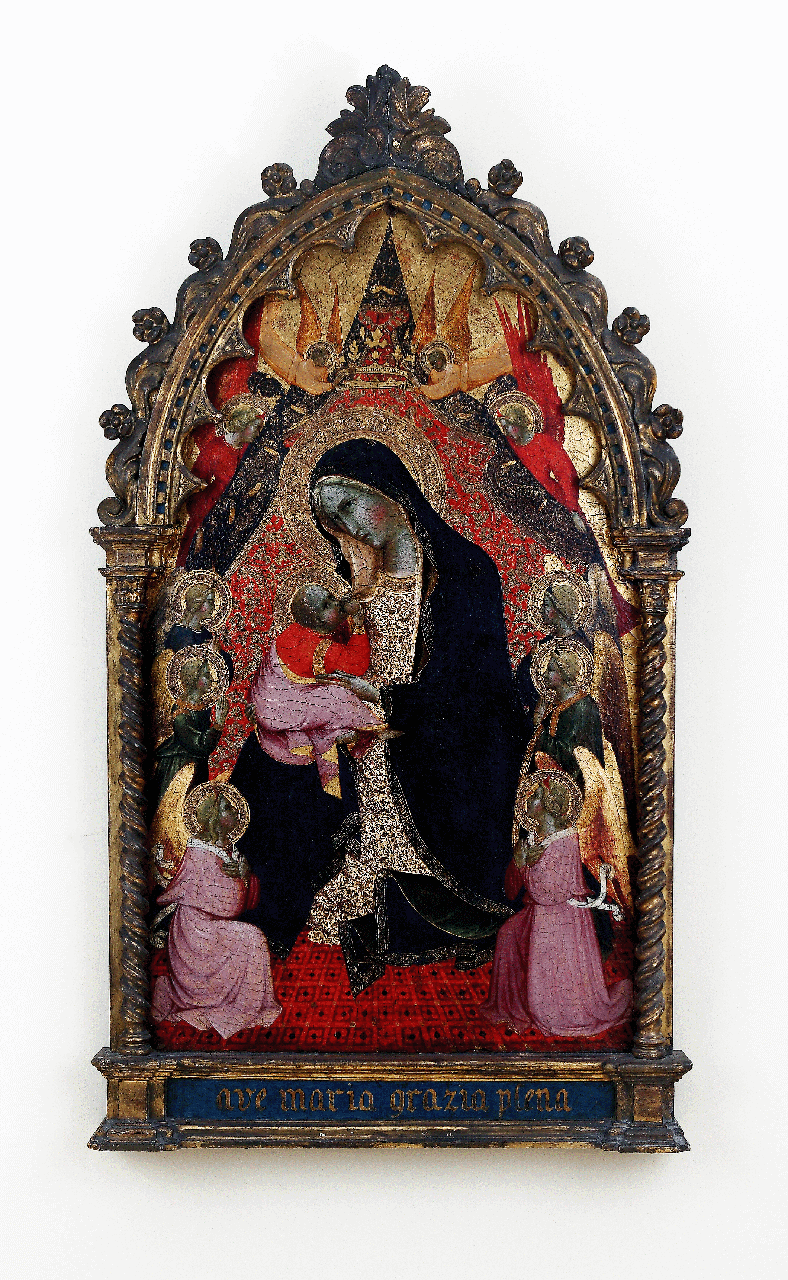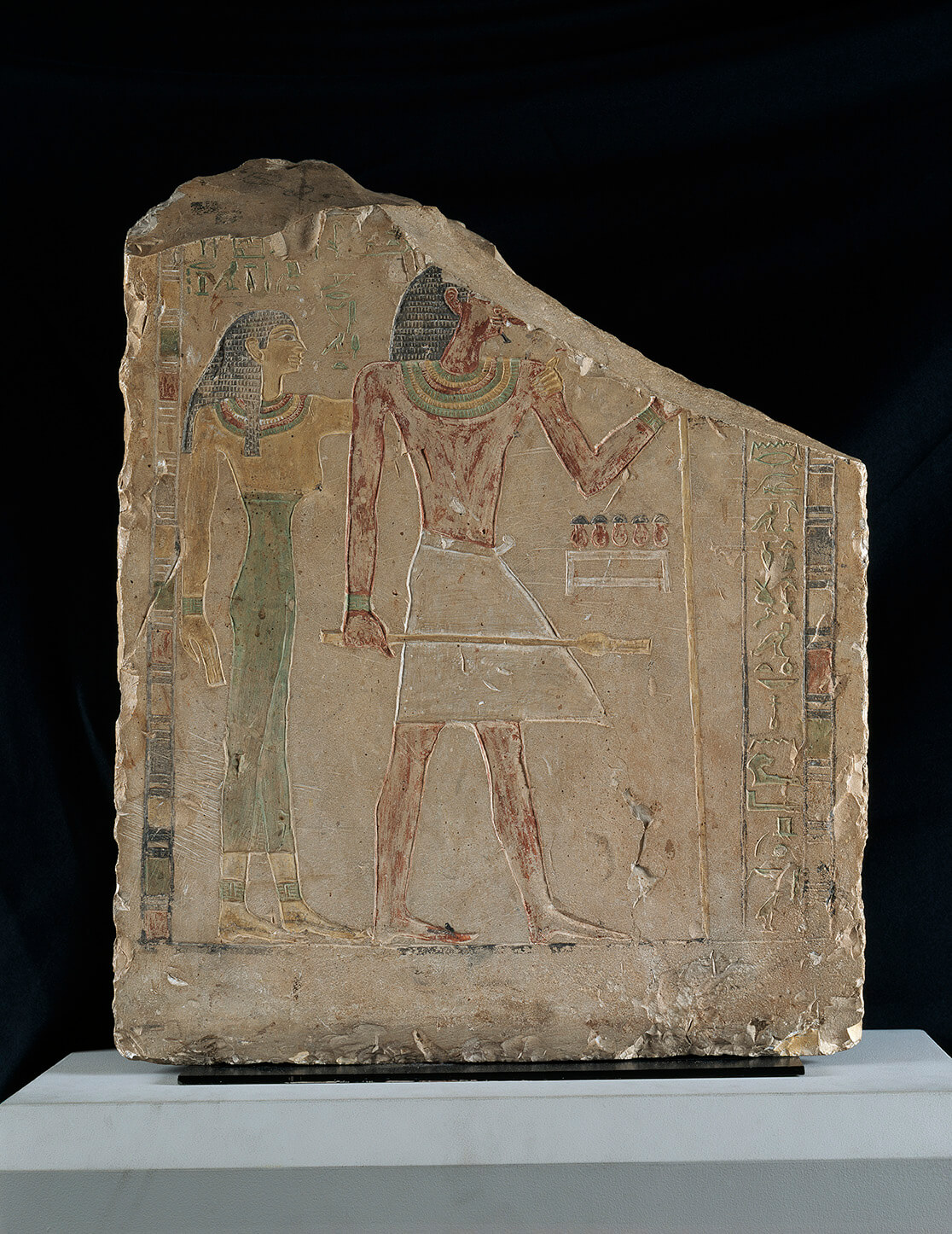American Art
The Cummer’s American Collection represents an area of incredible strength and diversity. Portraits by Benjamin West, Gilbert Stuart, Thomas Sully, John Neagle, Louis Valtat, and Andy Warhol chronicle the development of that genre from the Grand Manner and American realism to Post-Impressionism and Pop Art.
Developments in American landscape painting are chronicled through a number of significant works. The Hudson River school and its influence is revealed in three paintings by Jasper Cropsey, John Frederick Kensett’s Marine View of Beacon Rock, Newport Harbor (1864), Edmund Darch Lewis’ Mount Washington, New Hampshire (1865), and two paintings by Martin Johnson Heade including Orchid with an Amethyst Hummingbird (c. 1870). Other works demonstrate the lure of Italy and the Grand Tour: George Inness’ Perugia (1870), Stanley W. Haseltine’s Sunset on the Grand Canal, Venice (early 1870s), George Loring Brown’s The Rock of Gibraltar (1865) and Thomas Moran’s The Doge’s Palace, Grand Canal, Venice (1898). Sculpture is represented through Frederick MacMonnies’ Pan of Rohallion (1894) and Frederic Remington’s Bronco Buster (c. 1900). Other highlights include Severin Roesen’s Still Life with Flowers, Fruit, and Bird’s Nest (c. 1865), and Winslow Homer’s Waiting for a Bite (1874).
Key American Impressionist works include Childe Hassam’s Afternoon in Pont-Aven (1897), John Singer Sargent’s In the Alps (1911) and Frederick Frieseke’s Before Her Appearance (1913). Turn-of-the century realist works include Henry Ossawa Tanner, Midday, Tangiers (c. 1912), Jonas Lie’s View of the Seine (1909), Thomas Eakins’ Portrait of Frieda Douty (1910), Robert Henri’s Guide to Croaghan (Brien O’Malley) of 1913 and Edmund Greacen’s Brooklyn Bridge, East River (1916). Later realism is represented by two important American Regionalist works: John Steuart Curry’s Parade to War, Allegory (1938) and Thomas Hart Benton’s June Morning (1945). Modernist trends are represented by Max Weber’s Still Life with Fruit and Vase (c. 1915), André Lhote’s Cubist Nude (1917), Marie Laurencin’s Woman with Guitar (1943), Romare Bearden’s Passion of Christ (1945), Hughie Lee Smith, End of the Festival (1954), Bob Thompson, The Tempest (1965), David Smith’s steel sculpture entitled Ring-toothed Woman (1950), and William Artis’ Portrait of a Woman (1960). Mid- and late-century movements are represented through the series Ten Portraits of Jews of the Twentieth Century (c. 1980) and the Mao series (1973) by Andy Warhol and Howard Hodgkin’s Home (2001). More contemporary works include Mildred Thompson’s Magnetic Fields (1991), Janet Fish’s After a Wedding (2002), and Whitfield Lovell’s Pago Pago (2008).


